Dialectical Behavior Therapy for Addiction Treatment
Dialectical behavioral therapy is an evidence-based psychotherapy approach for treating multiple mental health conditions.
Written and medically reviewed by the clinical team at Ripple Ranch Recovery Center, including licensed therapists, addiction specialists, and medical professionals.
What is Dialectical Behavior Therapy?
Dialectical behavioral therapy (DBT) is largely based on cognitive-behavioral therapy (CBT). It is a complex treatment approach used to treat borderline personality disorder, severe mental health conditions, and high-risk psychiatric disorders. DBT has proven to be successful in helping patients manage their emotions, regulate suicidal thoughts, and turn destructive behaviors into positive outcomes.1
Although DBT therapy was used to treat people with severe psychiatric disorders, because of its success, it was introduced to treat psychosocial disorders such as substance abuse issues and other challenges as well.2

Table of Contents
Learn More About Ripple Ranch Recovery Center
Our team is standing by to discuss your situation and options. Your call is fully confidential, and no obligation is required
Focus of Dialectical Behavioral Therapy
Dialectical behavior therapy focuses on getting the patient to move from potentially destructive or harmful behaviors and instead learn to envision, articulate, pursue, and sustain goals. The approach to DBT is multidimensional, comprehensive, and relies on skills to change unhealthy thoughts and behaviors. It also includes clear strategies to help overcome some of the most challenging problems that may complicate conditions.
What Does Dialectical Mean?
“Dialectical” is the combination of two opposites or that two seemingly opposites can be true at the same time. Dialectical philosophy’s core beliefs are that change is constant and inevitable, and that all things are interconnected.
Marsha Linehan and the Creation of DBT
DBT was created by Dr. Marsha Linehan in the 1970s to help women who struggled with suicidal ideation and behaviors, self-harm, and for those who have been diagnosed with BPD. After her attempt with CBT, she discovered that patients with BPD are extremely sensitive to criticism and emotional distress. As a result, they felt invalidated or criticized with the CBT treatment. This led most of them to drop out of therapy.
The addition of acceptance and validation to the therapy treatment is what makes DBT different from CBT.
Difference between CBT and DBT
The main difference between CBT and DBT is the viewpoints they are based on. CBT relies on rationale and reason. Therefore, patients are led to critically think about the situations that caused the negative feelings and potentially led to drug abuse.
In contrast, DBT focuses on accepting and validating uncomfortable feelings and promotes awareness of one’s emotions rather than avoiding or working around them. The idea of DBT is that once the patient can recognize their emotions, they will be able to manage the negative feelings. Other differences can include:
- CBT focuses on changing dysfunctional ways of feeling, thoughts, and actions through the learning of skills. DBT focuses on how to accept these dysfunctional feelings and thoughts while teaching skills on how to change them.
- CBT teaches only individual skills, whereas DBT teaches individual skills and interpersonal effectiveness skills.
Inside-Out
CBT is referred to as an inside-out therapy. This is because with CBT, patients work with a therapist to change their pattern of thinking so that their behavior and emotions can change as a result. In other words, CBT is based on the idea that thoughts affect how we feel and what we do.
Outside-In
DBT is referred to as an outside-in therapy. In DBT, patients work to change their behaviors and emotions by learning actionable skills that change ineffective thinking. In other words, DBT focuses on acceptance and is based on the notion that constantly regulating emotions influences all aspects of a person’s behavior.
The Principles of DBT
The fundamental principle of dialectical behavior therapy is promoting two opposing goals for patients: change and acceptance. These principles are the cornerstones of DBT. Also, The five essential functions of DBT therapy treatment include: 3
- Improving patient’s motivation to change and reduce dysfunctional behaviors
- Generalizing new behaviors and skills to new environments
- Enhancing patient’s capabilities
- Enhancing and maintaining the therapist’s capabilities and motivation.
- Structuring the environment
Behavioral Components of DBT
DBT incorporates four skills and modules that are taught to help patients overcome their unhealthy behaviors and distressing thoughts while improving life skills. Each DBT skill and module has its unique characteristics that focus on various aspects of the patient’s life and help in better understanding their emotions. These modules include: 4
Core Mindfulness
This DBT skill uses various meditative exercises to teach patients to be aware of and be present in the moment. With mindfulness practice, patients learn to identify their emotions, thoughts, feelings, and impulses while practicing acceptance. Through core mindfulness, patients learn skills that can be used to control their thoughts, maintain a positive state of mind, and accept events that may happen.
Distress Tolerance
This DBT skill naturally flows from mindfulness and focuses on teaching patients how to manage and deal with stressful situations. This module teaches patients techniques such as distractions, self-soothing, and more. This way, they will be able to cope with high-stress situations and keep their mind focused on the positive aspect of their lives or think about the bigger picture.
Emotional Regulation
This skill is particularly important for people in addiction treatment who are prone to be tempted by their emotions or other occurrences. Emotional regulation teaches patients how to be aware of and accept their emotions, rather than allowing them to take over their actions.
Patients will learn to accept all their emotions as valid and understand them instead of resisting or avoiding them. This approach helps them create an opposite action and reduce psychological pain.
Interpersonal Effectiveness
Interpersonal effectiveness focuses on teaching patients struggling with relationship and social interaction challenges. This skill teaches patients how to work, repair, maintain, and establish healthy relationship behaviors with family, friends, and colleagues, along with how to end toxic ones. This module also teaches how to set and enforce boundaries, say no to things that are negative, handle interpersonal conflicts, and communicate effectively.
DBT Treatment Components
DBT therapy consists of four essential components, all of which will be detailed below.
Individual Therapy
Individual therapy involves a one-on-one meeting with a therapist. The session is tailored to the patient’s personality, and they are taught how to apply the DBT skills they’ve learned to real-life situations. These sessions are held weekly and go alongside the group training.
Group Skills Training
This takes place in a group where patients work on developing new and healthy coping skills and are able to practice the skills. The classes are supportive, and patients are taught how to apply the skills to their daily routine. The classes are held once a week and last for about two hours for six months.
Phone Coaching
This is for patients who cannot make it to the DBT therapy sessions or are in difficult situations that occur outside their therapy classes and need in-the-moment help or coaching. A therapist will coach the patient through DBT techniques over the phone to help them get through the difficult situation and manage feelings or stress.
Consultation Team for Therapists
This consultation is not for patients, but for therapists and other healthcare providers. This session focuses on motivating the therapists and making them feel supported and validated.
The team consultation is held weekly to help therapists solve problems and implement DBT techniques that will be effective in treating challenging situations. These meetings also help prevent burnout, stress, or vicarious trauma.
What Can DBT Help Treat?
DBT has been employed in individual and group treatments to treat conditions such as
- PTSD
- Disruptive behaviors
- Borderline personality disorder (BPD)
- Mood swings
- Suicidal behaviors
- Depression
- Anxiety
- Anger issues
- Eating disorders
- Substance use disorders
- Attention deficit hyperactivity disorder (ADHD)
- Self-harm

How is DBT Helpful for Addiction Treatment?
Dialectical behavior therapy is a treatment used to address co-occurring mental health issues and for building ways to deal and cope with stress.
DBT for Drug Rehab
Medical expertise is needed to overcome drug addiction, and stress management skills are generally also required to help people stay sober. Treating drug addiction with DBT is an effective treatment technique.
DBT for Alcohol Rehab
Sometimes, a lot of guilt and shame accompany alcohol addiction, and in alcohol rehab, Ripple Ranch Recovery Center therapists use DBT to help patients accept themselves, work through potential dangers, curb maladaptive and self-destructive behaviors, and move forward in a positive manner. Ripple Ranch Recovery Center therapists also use DBT to help patients learn how to cope with their emotions and ways to manage them.
DBT to Build Sober Living Skills
DBT gives patients the opportunity to build sober living skills, thereby promoting lasting change in recovery and leading a better life.
Reach Out to Ripple Ranch and Begin Recovery
If you or a loved one could benefit from emotional healing, Ripple Ranch Recovery is here to help. We can equip you with the tools and techniques to establish and maintain long-term, sustainable wellness and sobriety. Our team of qualified, compassionate, and dedicated therapists will help you to accomplish the wellness and fulfillment you deserve.





